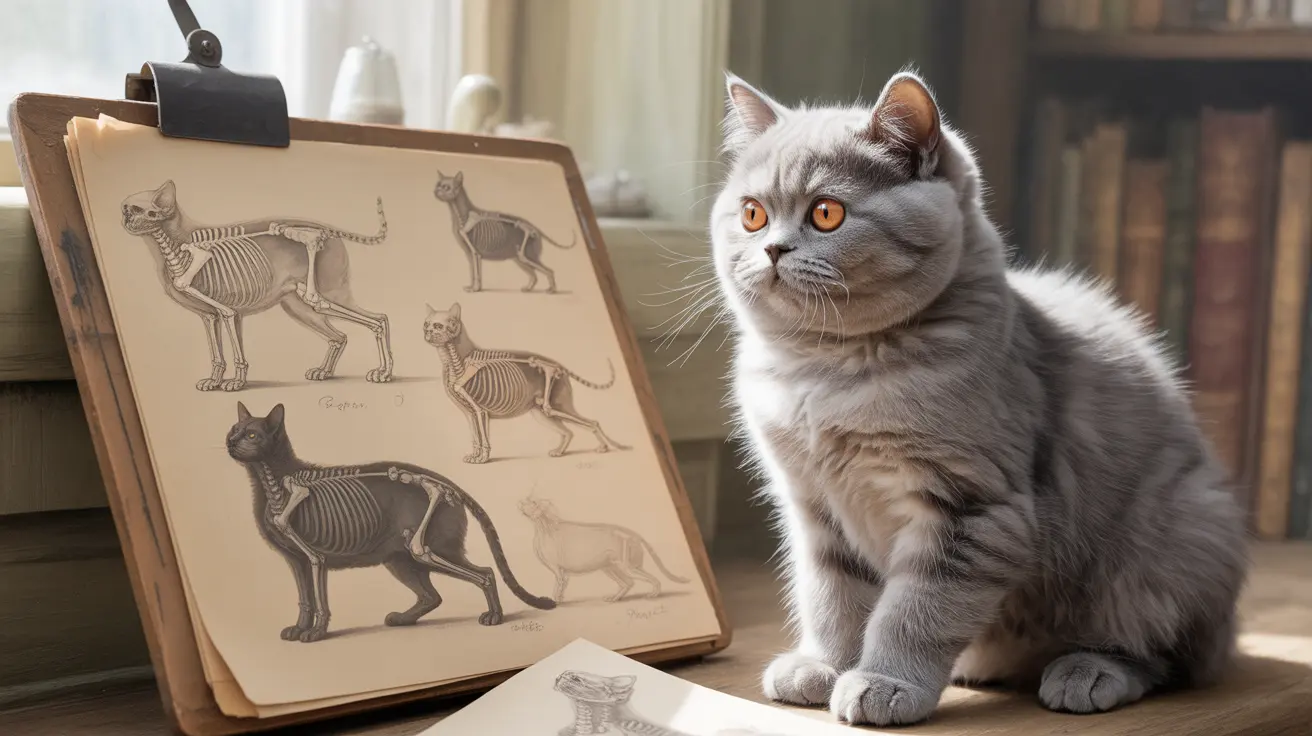Learning how to draw a cat can be both rewarding and challenging. Whether you're an aspiring artist or simply want to capture your feline friend's likeness on paper, understanding the fundamental techniques and anatomy will help you create compelling cat drawings. This comprehensive guide will walk you through everything you need to know about drawing cats, from basic shapes to advanced details.
With the right approach and practice, you'll be able to draw cats that capture both their physical characteristics and their unique personalities. Let's explore the essential steps and techniques that will help you master cat drawing.
Understanding Basic Cat Anatomy
Before picking up your pencil, it's crucial to understand cat anatomy. Cats have a flexible spine that allows for incredible mobility, and their skeletal structure determines their distinctive poses and movements.
Key anatomical proportions to remember:
- The body is typically 2.5 to 3 times the length of the head
- The head is roughly circular when viewed from the front
- Eyes are set wide apart, about one eye-width between them
- Ears are triangular and positioned high on the head
Starting with Simple Shapes
The foundation of any good cat drawing begins with basic shapes:
- Circle or oval for the head
- Larger oval for the body
- Smaller circles for joints
- Cylinders for legs
- Curved line for the tail
These shapes serve as your building blocks and can be refined later to create more detailed features.
Mastering Facial Features
Cat faces require special attention to detail:
- Draw almond-shaped eyes with vertical pupils
- Add a small triangular nose
- Create a gentle curve for the mouth
- Position whisker pads on either side of the nose
- Draw whiskers in groups of three on each side
Adding Fur and Texture
Creating realistic fur texture requires patience and technique:
- Use light, directional strokes following the natural flow of fur
- Start with broader strokes for the base coat
- Add darker, shorter strokes for depth and shadow
- Pay special attention to areas where fur changes direction
- Keep fur patterns consistent with the breed you're drawing
Capturing Movement and Expression
Cats are known for their graceful movements and expressive faces. To capture these qualities:
- Study cat body language and poses
- Observe how the spine curves in different positions
- Notice how tail position indicates mood
- Pay attention to ear positions and what they convey
- Consider the relationship between pose and personality
Tools and Materials
Choose the right tools for your cat drawings:
- Graphite pencils (HB to 6B)
- Quality drawing paper
- Kneaded eraser for highlights
- Blending stumps for smooth transitions
- Fine-tipped pens for details
Frequently Asked Questions
What are the basic shapes and proportions I should use to start drawing a cat?
Start with circles and ovals: one for the head, a larger oval for the body, and smaller circles for joints. The body should be about 2.5 to 3 times the length of the head.
How can I accurately capture a cat's facial features like eyes, nose, and whiskers?
Draw almond-shaped eyes with vertical pupils, position them one eye-width apart. Add a small triangular nose and whisker pads with 3 rows of whiskers on each side.
What techniques help make cat fur and patterns look realistic in drawings?
Use light, directional strokes that follow the natural fur growth pattern. Layer your strokes, starting with broader ones for the base coat and adding shorter, darker strokes for depth.
How do I draw different cat poses that show their flexibility and movement?
Study cat anatomy and observe real cats. Start with a flexible spine line, then build the pose around it. Pay attention to how joints bend and how weight is distributed.
What tools and materials are best for beginners to draw cats by hand or digitally?
For traditional drawing, start with graphite pencils (HB-6B), quality paper, and erasers. For digital art, any basic drawing tablet and software with layer functionality will work well.
Conclusion
Drawing cats takes practice, but with these techniques and consistent effort, you'll see improvement in your artwork. Remember to observe real cats whenever possible, as this will help you understand their unique characteristics and movements better. Start with basic shapes and gradually add detail as you become more comfortable with the process.
Whether you're drawing your own pet or creating cat art for pleasure, the key is to remain patient and keep practicing. Each drawing will help you develop your skills and bring you closer to creating the cat artwork you envision.






